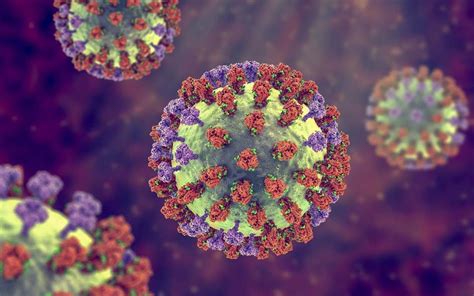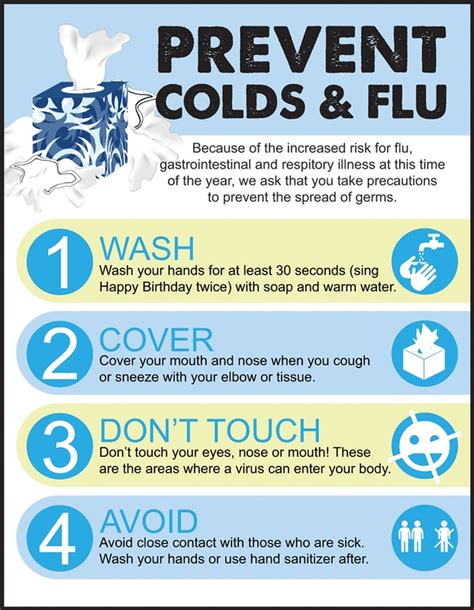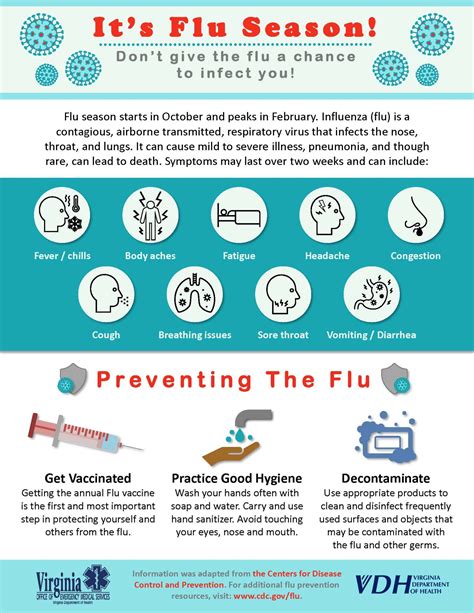Intro
Stay updated on the current flu season with latest information on outbreaks, symptoms, and prevention methods, including vaccination and treatment options, to protect against influenza and its complications.
The flu season is a critical period that affects millions of people worldwide, causing significant morbidity and mortality. Understanding the current flu season is essential for individuals, families, and communities to take necessary precautions and protect themselves against the flu. The flu season typically runs from October to May, with the peak season occurring between December and February. During this time, the flu virus spreads rapidly, and it is crucial to stay informed about the latest developments and trends.
The importance of staying informed about the current flu season cannot be overstated. By knowing the latest information, individuals can take proactive steps to prevent the spread of the flu, such as getting vaccinated, practicing good hygiene, and avoiding close contact with people who are sick. Moreover, staying informed helps individuals recognize the symptoms of the flu and seek medical attention promptly, which can significantly improve treatment outcomes. In this article, we will delve into the current flu season, exploring the latest trends, vaccination options, and prevention strategies.
The current flu season has seen a significant increase in flu cases, with many countries reporting high levels of flu activity. The Centers for Disease Control and Prevention (CDC) has reported that the flu season has started earlier than usual, with a higher number of cases being reported in the first few weeks of the season. This trend is expected to continue, with the CDC predicting a severe flu season. The flu virus is highly contagious, and it can spread quickly through respiratory droplets, contact with contaminated surfaces, and close contact with infected individuals.
Understanding the Flu Virus

Types of Flu Viruses
The flu virus is classified into three main types: A, B, and C. Type A viruses are further divided into subtypes, such as H1N1 and H3N2. Type B viruses are also divided into subtypes, such as B/Yamagata and B/Victoria. Type C viruses are typically mild and do not cause significant illness. Understanding the different types of flu viruses is essential for developing effective prevention and treatment strategies.Flu Vaccination Options

Benefits of Flu Vaccination
The flu vaccine offers several benefits, including: * Reduced risk of flu-related complications, such as pneumonia and bronchitis * Reduced risk of flu-related hospitalization and death * Reduced risk of spreading the flu to others * Reduced severity of flu symptoms * Protection against multiple flu virusesPrevention Strategies

Importance of Hand Hygiene
Hand hygiene is critical in preventing the spread of the flu. Washing hands frequently with soap and water or using an alcohol-based hand sanitizer can help reduce the transmission of the flu virus. It is essential to wash hands: * Before and after eating * Before and after preparing food * After using the bathroom * After blowing your nose, coughing or sneezing * After touching animals or their waste * After being in contact with someone who is sickTreatment Options

When to Seek Medical Attention
It is essential to seek medical attention if you experience any of the following symptoms: * Difficulty breathing * Chest pain or pressure * Severe headache or confusion * Fever above 103°F (39.4°C) * Vomiting or diarrhea * Severe fatigue or weakness * Coughing up blood or yellow or green mucusCurrent Flu Season Trends

Flu Season Predictions
The CDC predicts that the flu season will be severe, with a high number of cases and hospitalizations. The CDC also predicts that the flu season will peak in February, with the number of cases decreasing in March and April. However, it is essential to note that flu season predictions are subject to change, and it is crucial to stay informed about the latest developments and trends.What are the symptoms of the flu?
+The symptoms of the flu can vary depending on the individual, but common symptoms include fever, cough, sore throat, runny or stuffy nose, muscle or body aches, headaches, and fatigue.
How can I prevent the flu?
+You can prevent the flu by getting vaccinated, practicing good hygiene, avoiding close contact with people who are sick, staying home from work or school when sick, and avoiding touching the eyes, nose, and mouth.
What are the treatment options for the flu?
+Treatment options for the flu include antiviral medications, over-the-counter medications, rest and hydration, and hospitalization in severe cases.
When should I seek medical attention for the flu?
+You should seek medical attention if you experience any of the following symptoms: difficulty breathing, chest pain or pressure, severe headache or confusion, fever above 103°F (39.4°C), vomiting or diarrhea, severe fatigue or weakness, or coughing up blood or yellow or green mucus.
How can I stay informed about the current flu season?
+You can stay informed about the current flu season by visiting the CDC website, following reputable health organizations on social media, and signing up for flu season updates and alerts.
As we conclude this comprehensive overview of the current flu season, it is essential to remember that staying informed and taking proactive steps to prevent the spread of the flu is crucial. By getting vaccinated, practicing good hygiene, and seeking medical attention when necessary, we can reduce the risk of flu-related complications and protect ourselves and our loved ones. We invite you to share this article with your friends and family, and to comment below with any questions or concerns you may have about the current flu season. Together, we can stay healthy and safe during this flu season.
